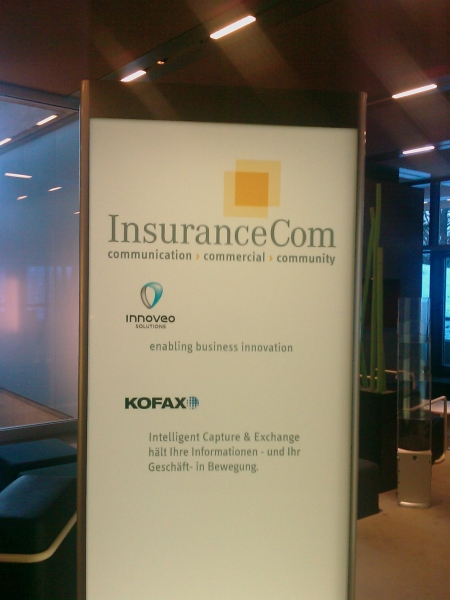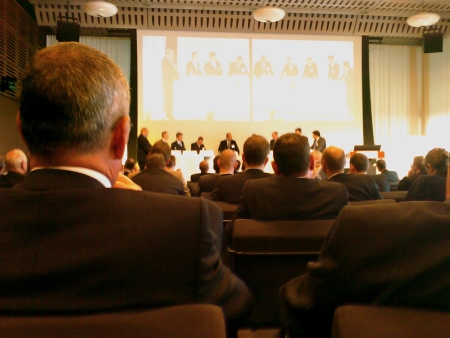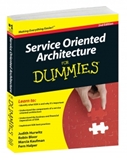via Jeff Bussgang
I am just flying into a rage when I hear all these bonus and golden-parachute stories!
All these stories with these crazy CEOs that are doing a very bad job for their companies, which need to be helped by the government and are receiving billions to save their business. And, at the same time, are delivering bonus for themselves and their managers. This is just intolerable! Do not forget, these guys are not alone, there are “great” remuneration committees that are voting these golden-parachutes and crazy bonus. Why not talking also about them?
How can employees accept this kind of behavior? They are not acceptable.
We shouldn’t wonder why CEOs have such bad reputations today, when some are acting in this way, and just impacting all the other CEOs in a very negative way…
Very nice post from Jeff expressing this point of view more in detail:
Perhaps the most successful venture capitalist in history, Sequoia’s Mike Mortiz (backer of Google, Yahoo, Paypal, to name a few reasonable wins), said in a recent interview that one of the ways he decides whether to invest in an entrepreneur is how much they plan on paying themselves. Moritz views high salaries with immense suspicion. If the founder takes a modest salary (in start-up land, that’s typically $100-200k per year – well below even President Obama’s $500k cap), he knows they believe in the future value of their business. […]
Remember, entrepreneurs aren’t saints or selfless do-gooders. They typically work 80-100 hours per week for two reasons. First, they are PASSIONATE about their venture for the sake of the business and its impact on the world more than the money (“Ask me about my business and you can’t shut me up,” confessed my friend Scott Savitz, CEO/founder of Shoebuy.com, the other day). […]
They want to prove to their investors and employees that the risk they took in investing in them and joining their cause will pay off. Why don’t Fortune 500 CEOs feel the same way? Why is it that they don’t view their role in life to prove to the shareholder that buys their stock in the public market that they took a worthy risk and they’ll be darned sure it pays off? Instead, they think it’s culturally acceptable to take outsized pay packages and perks that no educated, rational shareholder would ever approve if given the chance. […]
The behavior is in such stark contrast to what’s going on in the small business, job-creating end of the economy, it’s absurd. The public is understandably outraged. I am too. That’s why I’d fire all the compensation committee heads and turn the reigns over the start-up CEOs. […]














